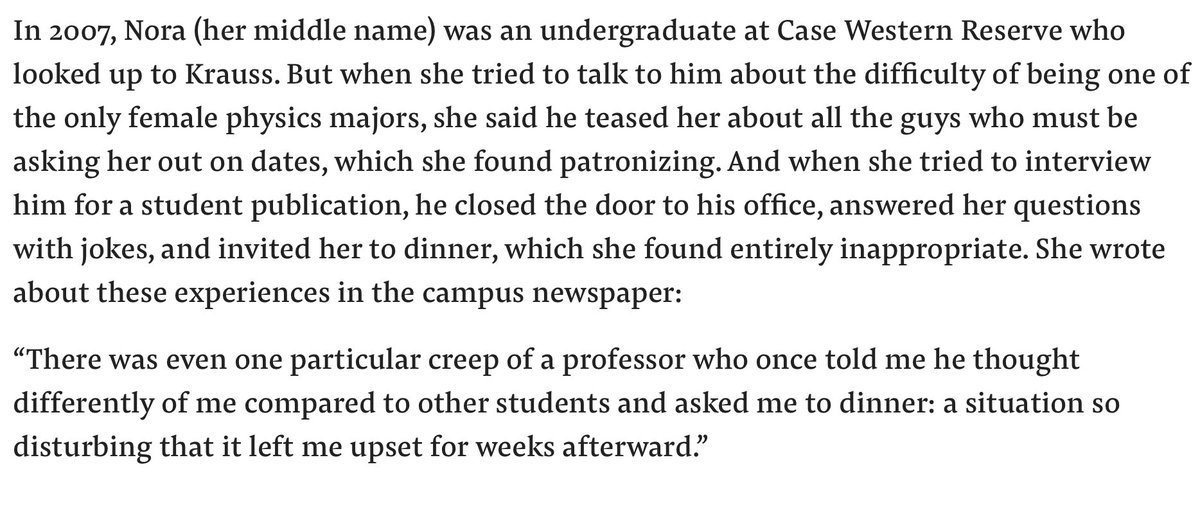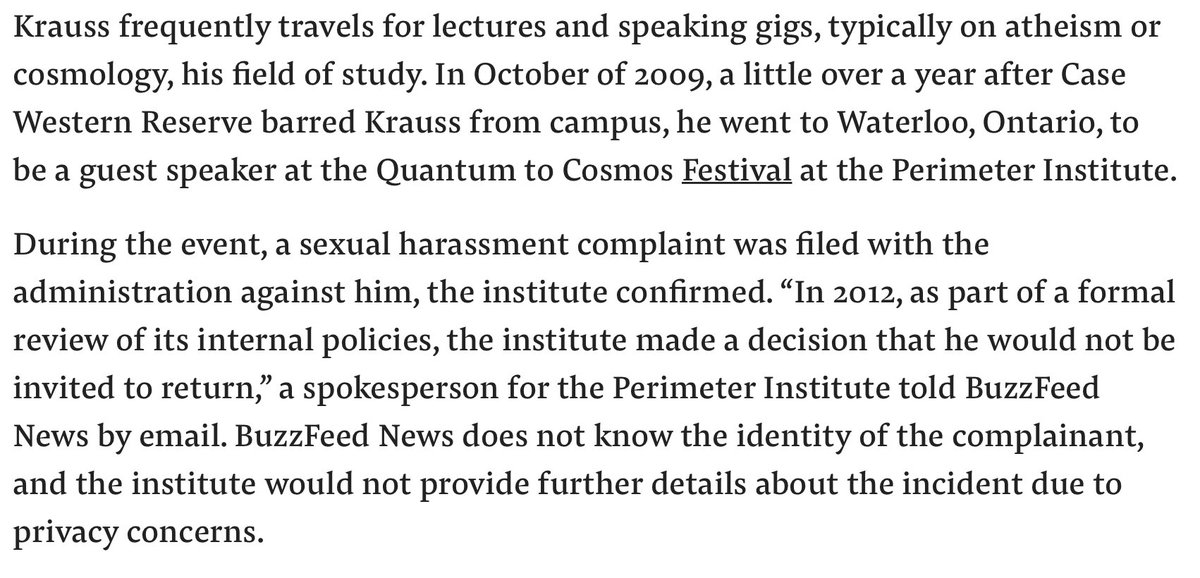An example, this study (Krauss et al) we analyzed earlier, SFA significantly increased ApoB, but not LDL-P.
1/
This study seem to indicate that LDL-P doesn't necessarily go with the same direction as ApoB.
2/
ncbi.nlm.nih.gov/m/pubmed/21196…
3/
My hypothesis is that, ApoB assay don't seem to capture smaller LDL particles, particularly very small LDL particles (LDL IV or LDL4).
5/
8/
9/
ncbi.nlm.nih.gov/m/pubmed/25911…
11/
12/

That probably explains why LDL-P is more predictive than ApoB, as @kevinnbass pointed out.
13/
In Virta, there was a statistically significant reduction in LDL-P but not for ApoB, probably because very small LDL decreased and large LDL increased?
14/
Genetic mutations in Sortillin that increase the levels of this LDL subtype is associated with CHD risk.
lipid.org/sites/default/…
15/15
ncbi.nlm.nih.gov/pmc/articles/P…

This is probably a noval mechanism by which the reduction of insulin decrease smaller LDL particles and increase the larger ones.

















